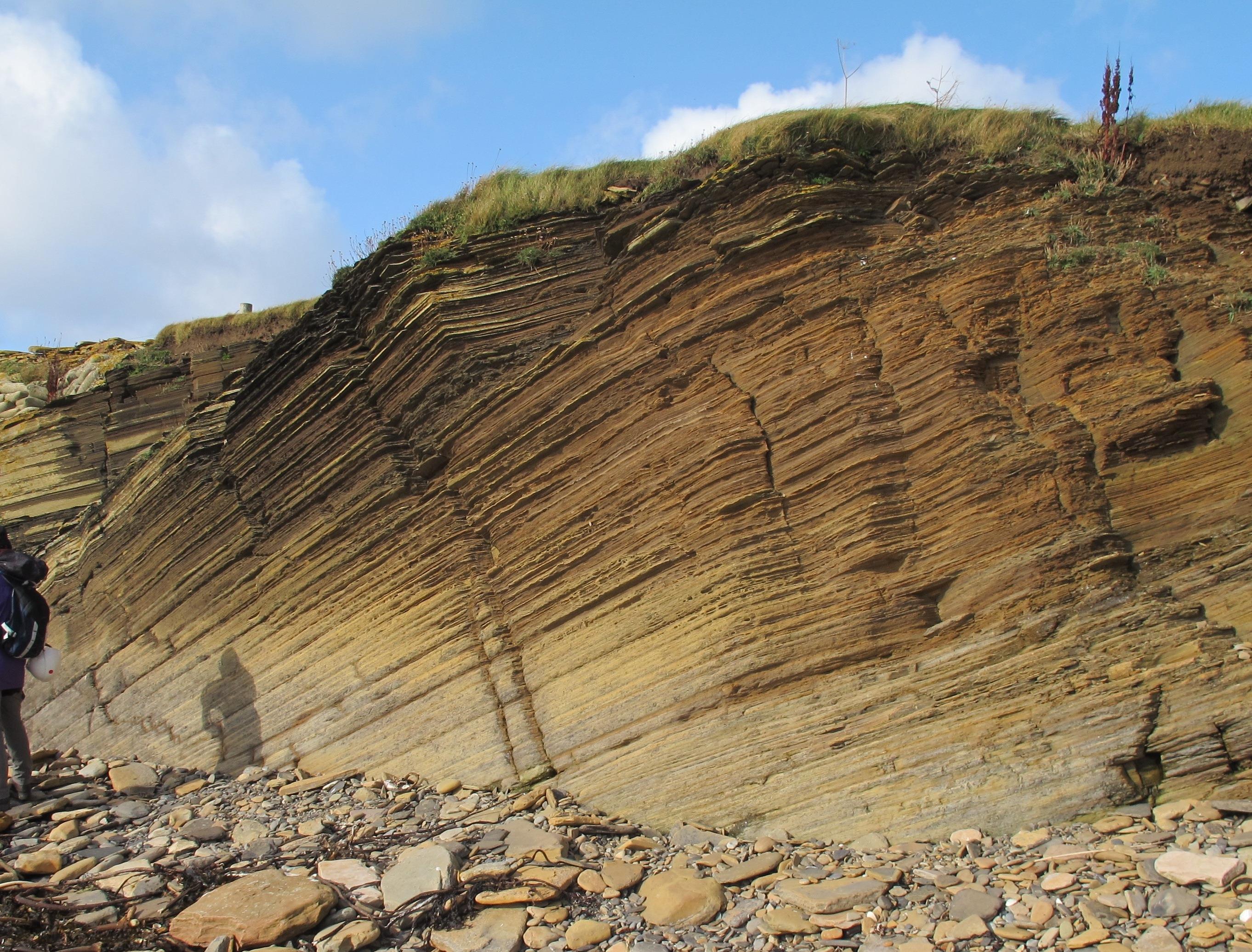Episodes
Published 03/21/18
"The main hydrocarbon molecules present in crude oil, like paraffins, naphtenes and aromatics, are discussed. Structural formulas are shown as graphical representations. Moreover, the main method to analyze the composition of oil, gas chromatography, is explained. || After fractionating the crude oil by distillation, the main products are gas, gasoline, kerosine, diesel, oils and residuum. The applications of these fractions are all shortly discussed. For gasoline moreover, there are some...
Published 02/28/18
We learned that oil results from kerogen, which in turn comes from organic matter. This oil is then present in source rocks. The source rocks get overpressured and oil moves from the source rocks to the reservoir rocks. Reservoir rocks can be imaged with seismic by geophysicists, and this is also where human get the oil from. Here it is explained why migration happens, and some evidence of seepages which prove migration is given. (In Petroleum Geoscience: paragraph 2.8 'Seepage of...
Published 02/28/18
The ability of a solid to transmit fluid is called permeability. This permeability is defined by Darcy's law an can be influenced by properties like grain size, grain sorting, grain roundness and the texture of the rock. An example of that is the fact that rounder grains lead to higher permeabilities. || The ability of a solid to store fluid is called porosity. Voids within the solid make it possible for liquid to be encapsulated by the solid. Processes like compaction decrease the porosity...
Published 02/28/18
Basins are typically areas filled with sedimentary rocks. Three classes of basins, cathegorized by the way they are created, are proposed. Firstly cratonic basins due to the stretching of continental crust, secondly subductive troughs caused by tectonic collisions and finally basins occuring from plates drifting apart. Two types of filling such a basin with sediment are moreover presented: postdepositional and syndepositional. || In the final part of the course, some case studies regarding...
Published 02/28/18
The goal of the course is to obtain knowledge of the origins of petroleum and gas, of the accumulation conditions and the techniques to find and exploit hydrocarbons. The importance of this course is explained here.
Units like barrels and cubic feet are explained. Moreover, some interesting detailed facts are given like oil reserves of commercial and national companies, annual world oil consumption and the total number of gas and oil wells drilled up to today. These numbers are accompanied...
Published 02/28/18
In this part, the carbon cycle is explained. First, the concepts of organic carbon, inorganic carbon and phytoplankton are explained since these are crucial for understanding the carbon cycle. After that the carbon cycle and moreover mass balances that go together with the carbon cycle are presented as well. || The development of Flora and Fauna is explained by interpreting the partial pressure of several gases in the atmosphere. || The composition of different biomolecules and their...
Published 02/28/18


